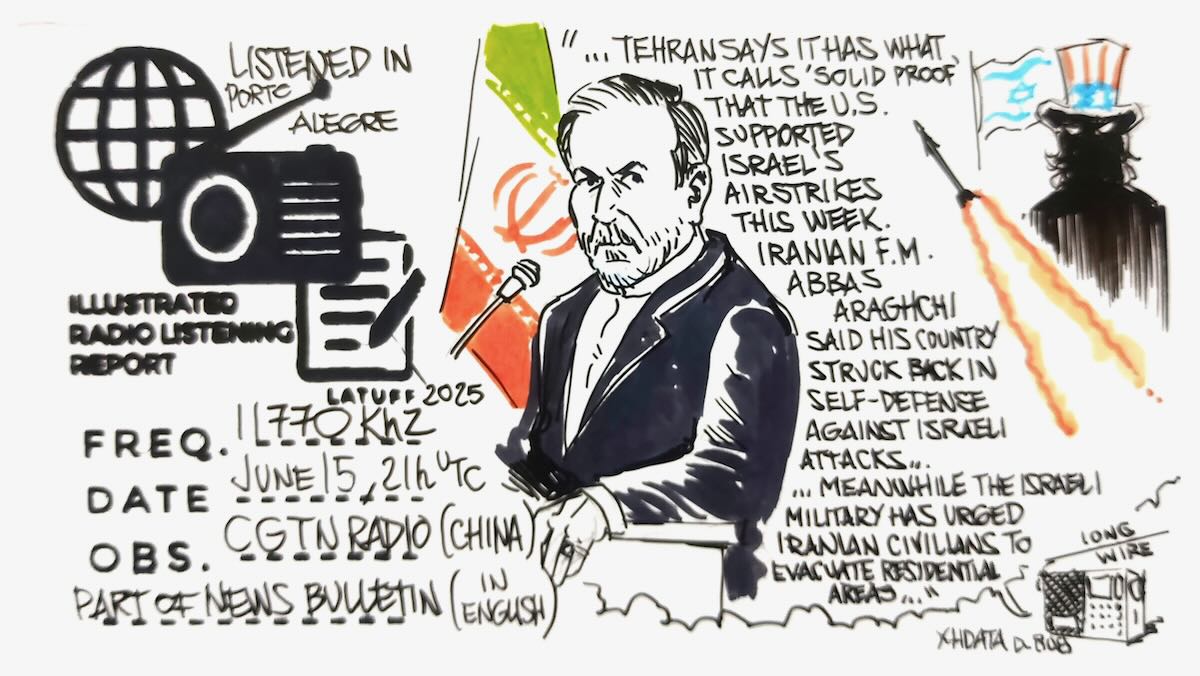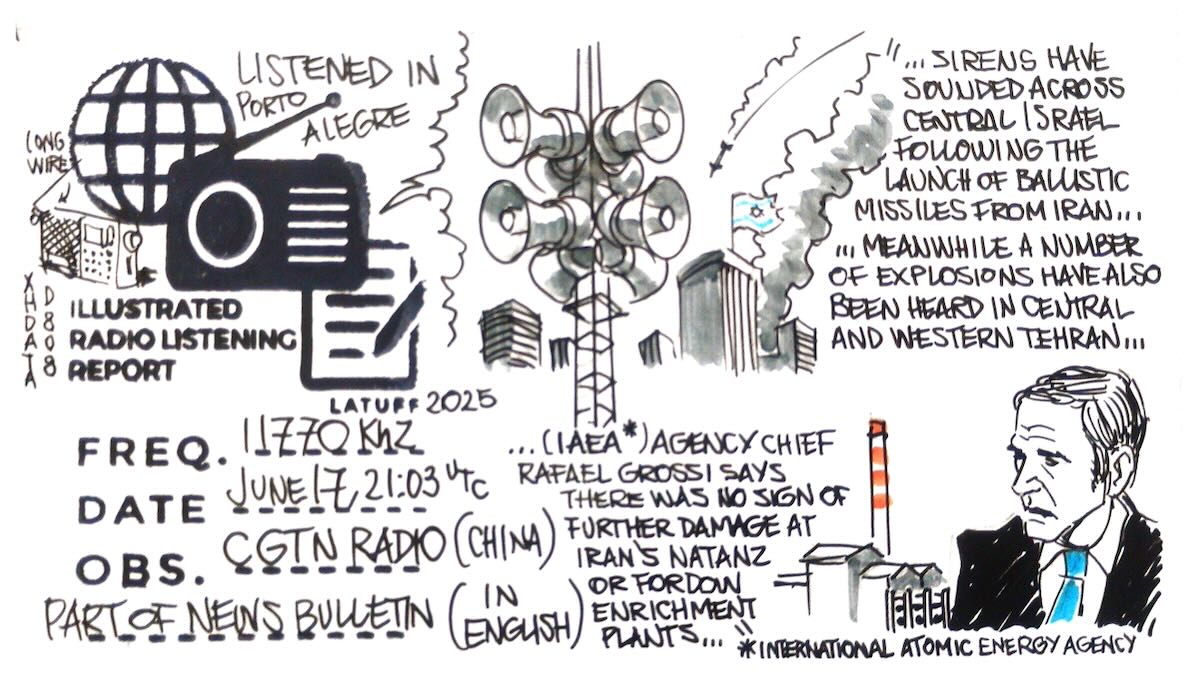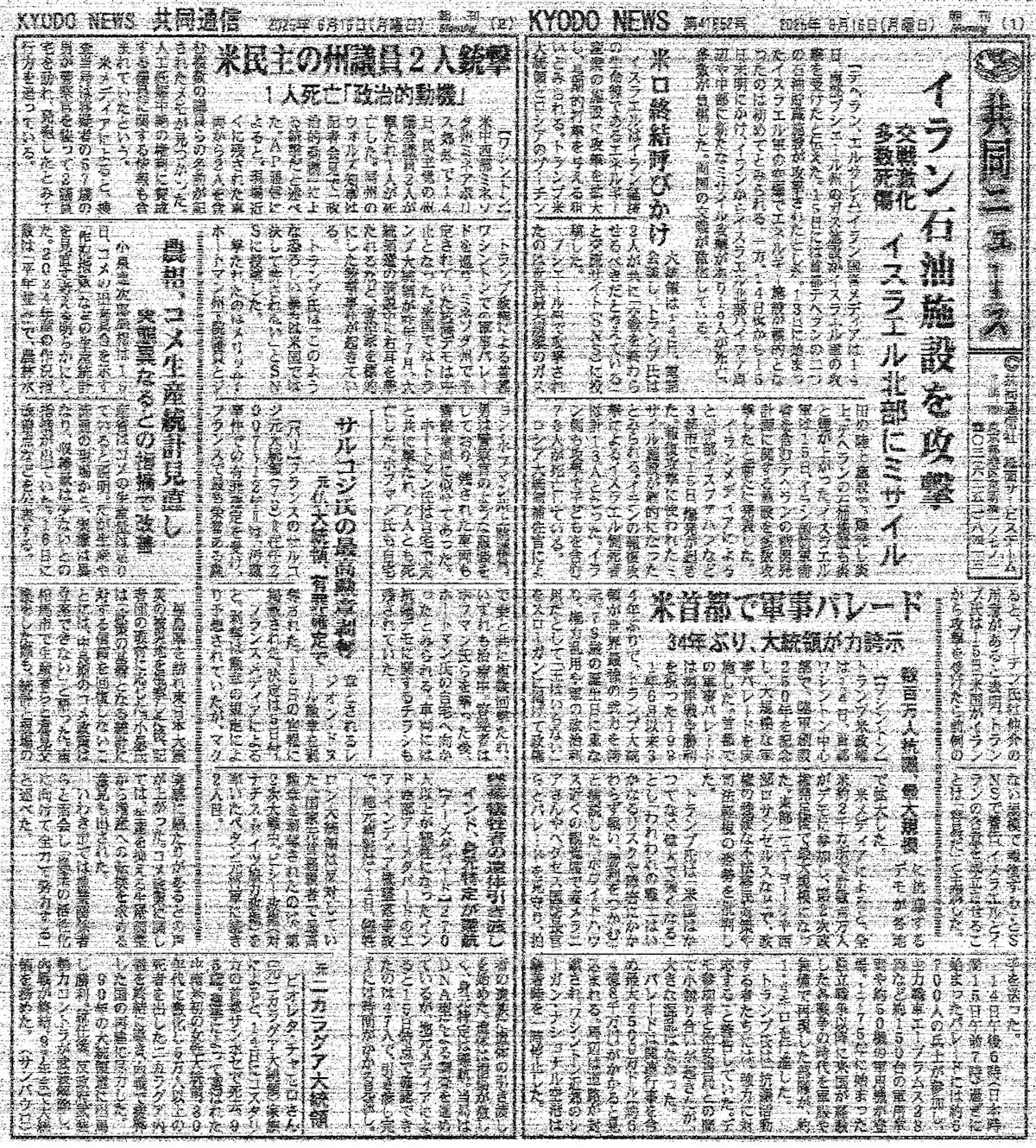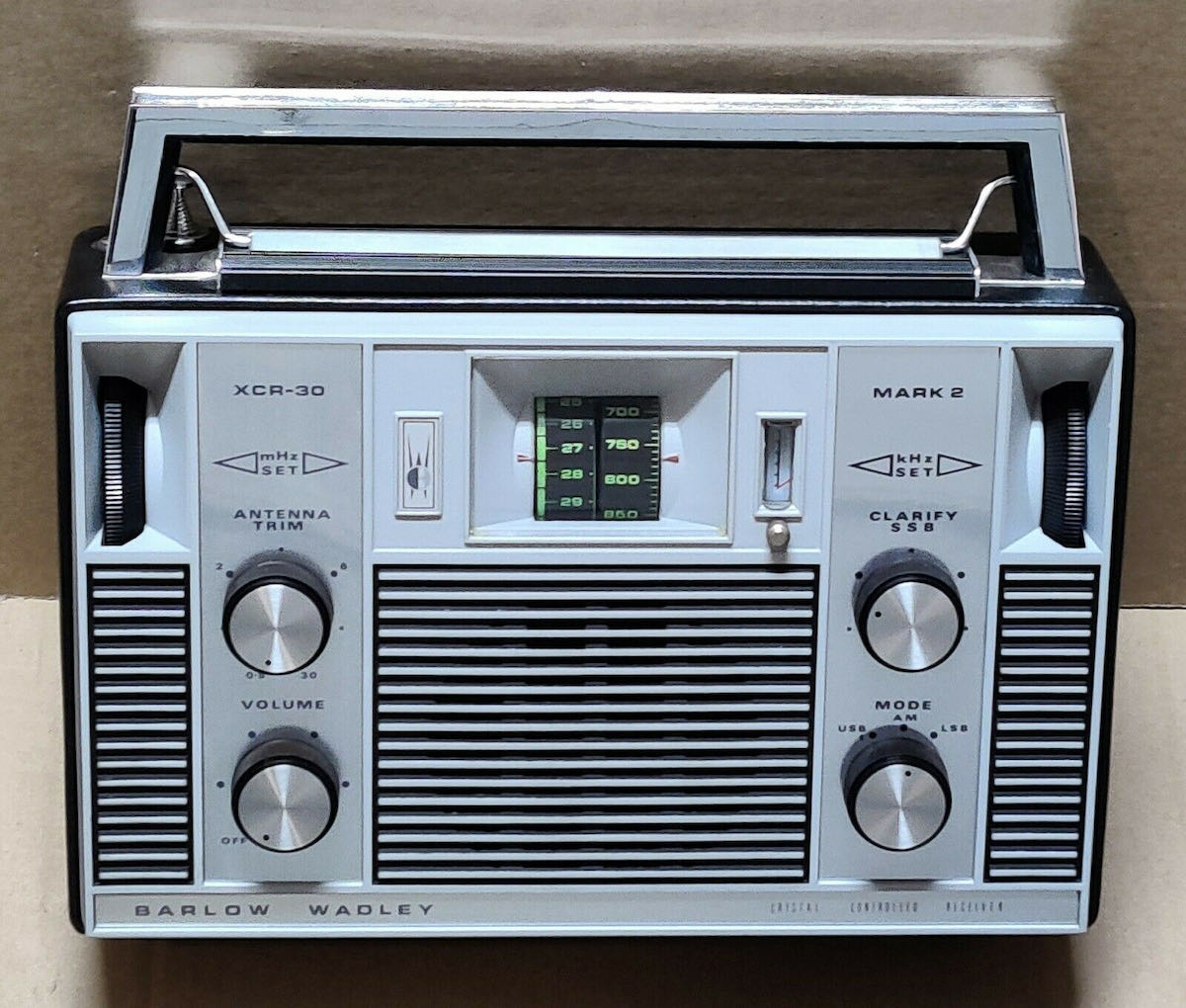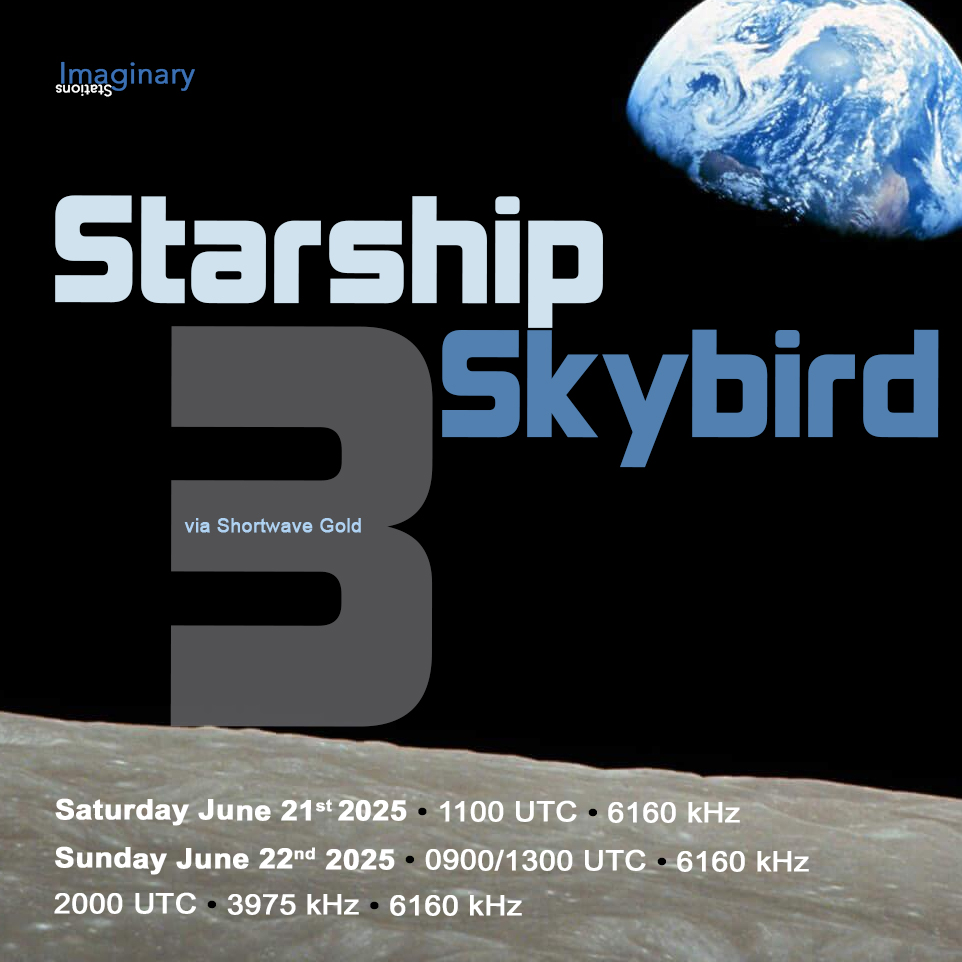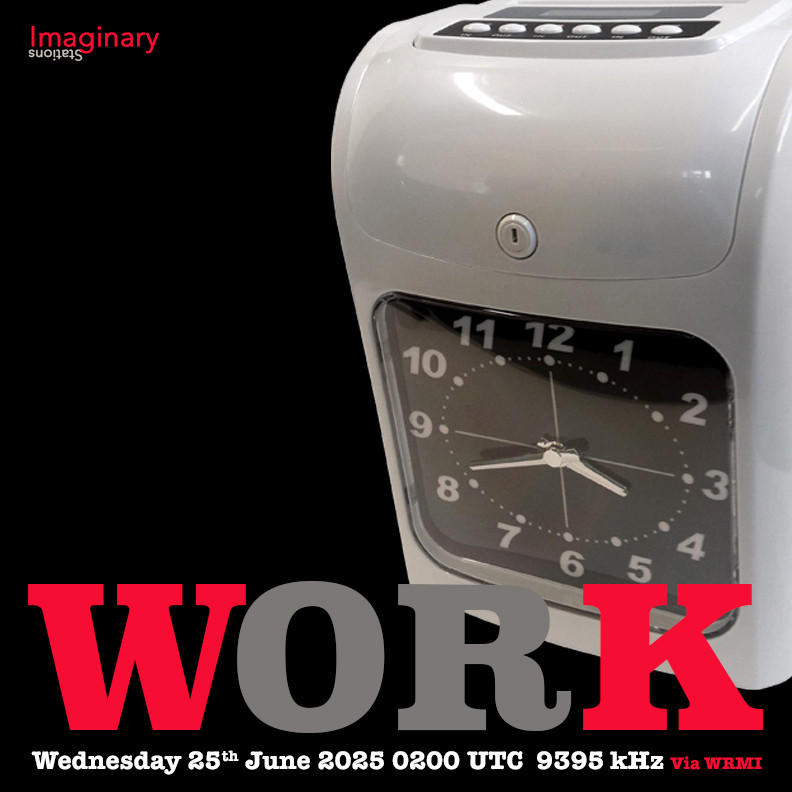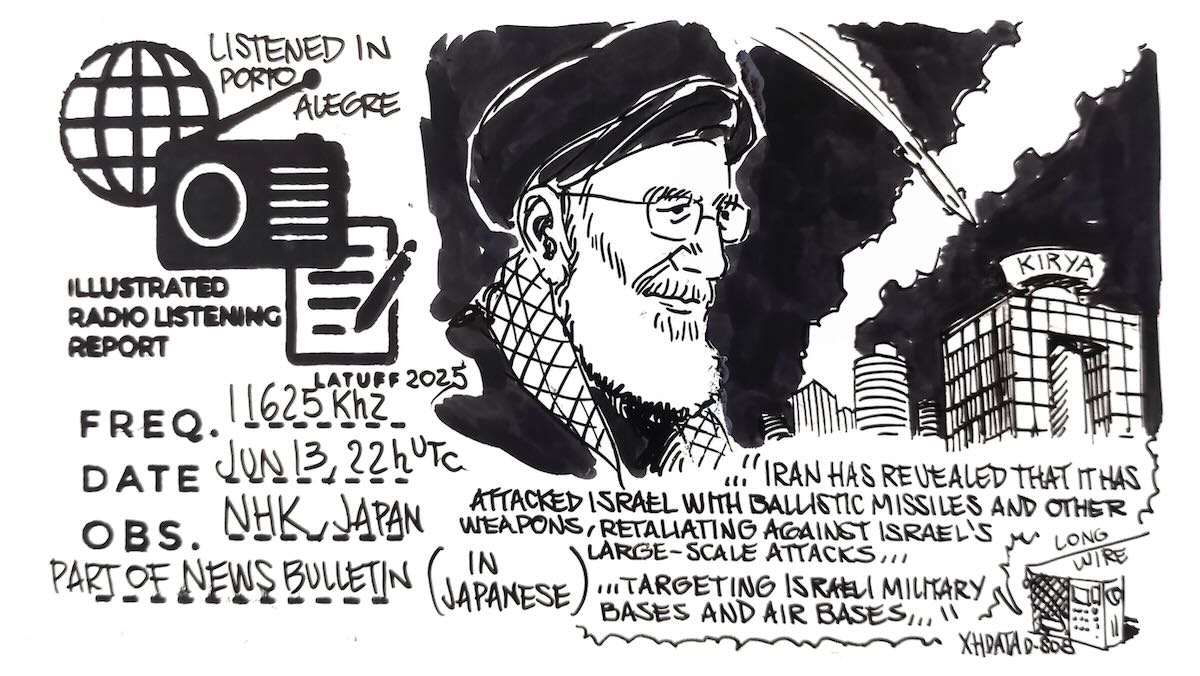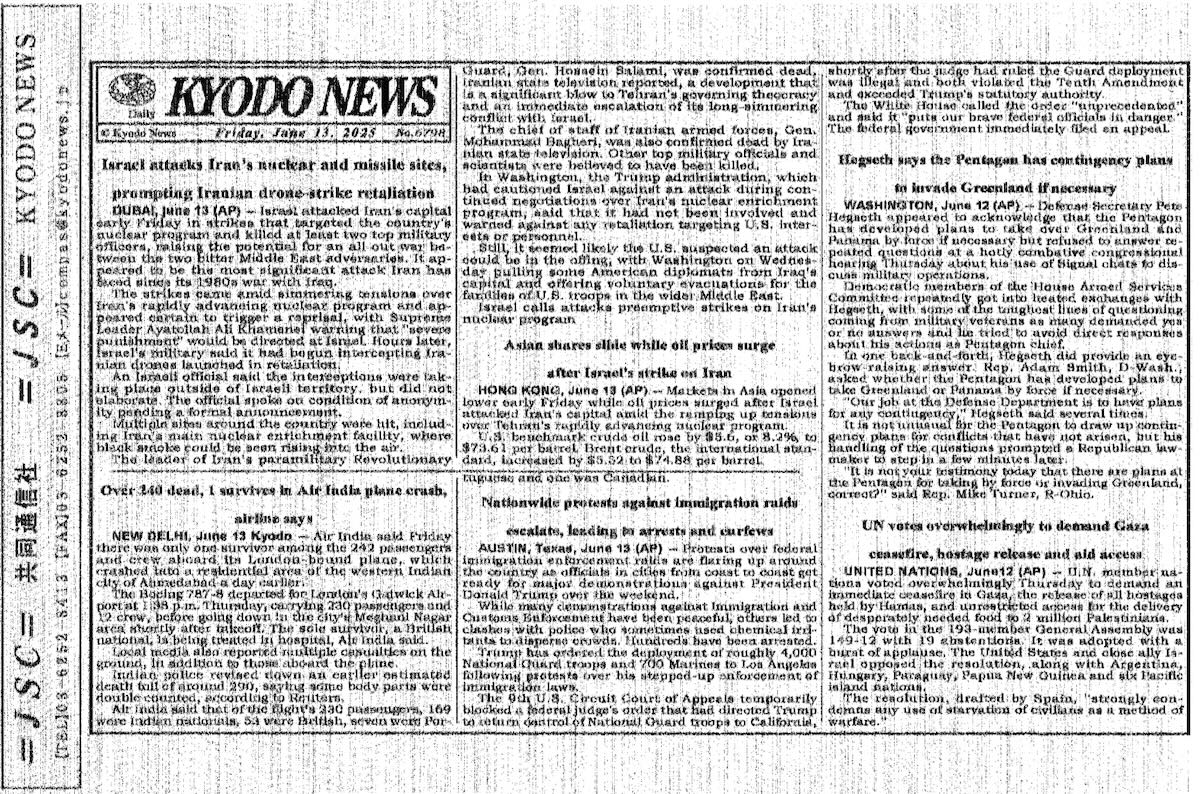
Many thanks to SWLing Post contributor Jerome van der Linden, who writes:
For my bedtime reading I have recently been going through a book (“Radar Yarns”) which contains lots of stories, many of them humorous, about Australians that were involved in setting up radar stations during WWII around the coast of Australia as well as New Guinea.
There has been a mention of the guys in one location listening to the BBC, and of them sometimes having a shortwave radio where they once listened to Tokyo Rose. But I came across a sentence which made me wonder, and I thought someone in the SWLing post community might be able to throw some light on it: “According to an announcement on Radio KWID, San Francisco, it was a great victory for the American forces. It was broadcast as part of the 4th July celebrations in 1943 that Woodlark and the Trobriand Islands (which includes Kiriwina) had been captured with ‘little or no resistance’”.
So, I had originally asked Thomas to raise a post on this as I had not heard of KWID in my 65 odd years of SW listening, but then….a couple of days later – while watching some TV with the wife – I was doing some googling on my phone, and came across an article published in 2008 by Radio World: https://www.radioworld.com/columns-and-views/a-voice-across-the-pacific-kwid-amp-kwix. This has answered my own question!
I recommend all those who are part of the SWLing Post Community and who have an interest in the history of SW broadcasting should read the above article, you will get a lot more from that than if I were to quote parts of it. It was apparently written by Dr Adrian M Peterson who used to feature on Media Network occasionally (Radio Netherlands, Jonathan Marks). It would seem that KWID was one of the founding stations / transmitters of the Voice of America, and it was well heard in the Pacific, which explains why it was mentioned in the book I was reading. There was also one sentence in the article that caught my eye: “the physical size of both transmitters was the same at 68 feet long”. Can you imagine that?!
Then lastly, I’ve learned an amazing coincidence: Dr Adrian M Peterson was born in South Australia, in 1931: that’s my home state in Australia!
Jerome van der Linden
Fascinating, Jerome! Thank you for sharing this!

